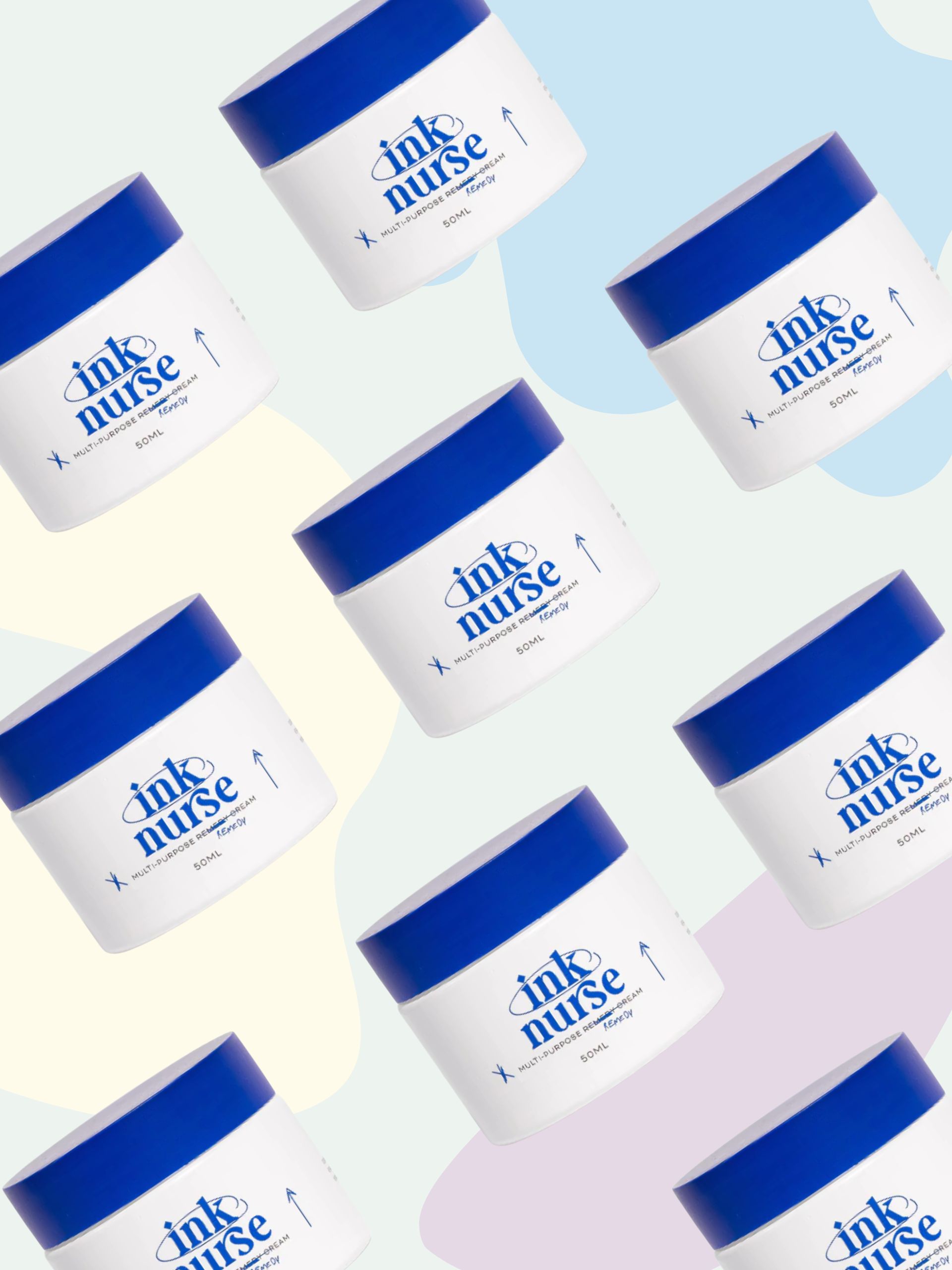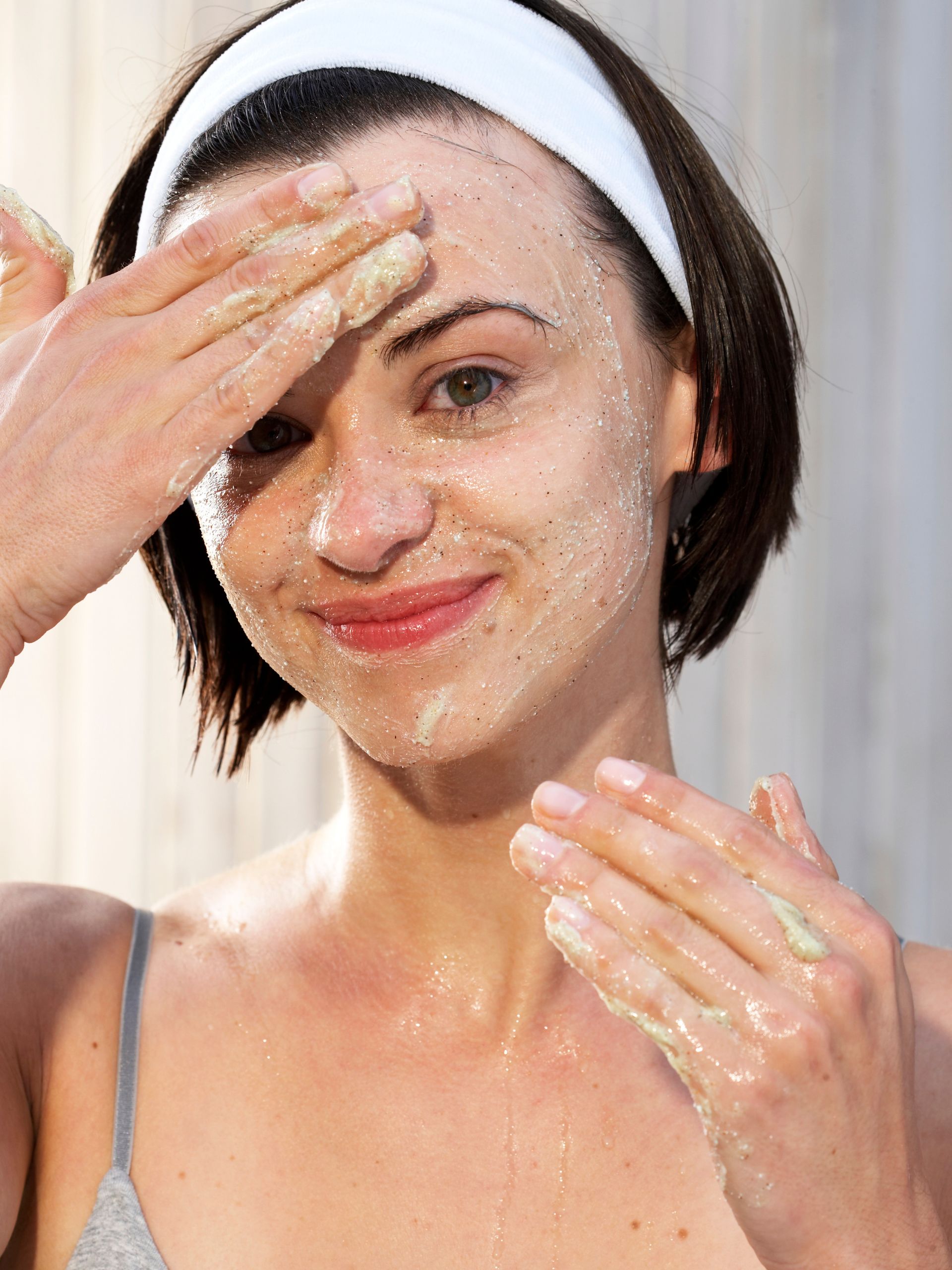
Oily Skin Characteristics
With all of the information out there, knowing your skin type can be a little confusing. Oily skin typically features the following characteristics:
- SHINE. So much shine, especially in your T-zone area (forehead, nose, chin)
- Regular breakouts – whiteheads, blackheads, cysts, pustules, and more
- Enlarged pores, particularly on your nose
- Oily skin actually gets fewer wrinkles because the oils naturally moisten and keep skin smoother
What causes oily skin?
Everyone’s skin has sebaceous glands that produce sebum, an oily substance that moisturises and protects your skin and hair. Sebum is essential for maintaining skin and hair health — without it, you’d be dry as the Sahara Desert.
Oily skin overproduces sebum, which leads to the greasy shiny look we all know and love (not). The excess sebum accumulates, eventually creating breakouts, acne, and enlarged pores.
Another cause of oily skin is genetics and hormones. If your parents have oily skin, there’s a good chance they passed it down to you. The hormone that controls sebum production is dihydrotestosterone (DHT). Unfortunately, its levels are also genetically determined.
In other words, you can’t stop oily skin. You just need to know how to maintain it.
How to care for oily skin
The key to caring for oily skin is to keep oil production levels balanced, without stripping and drying out the skin.
1. Use a gentle cleanser and cleanse 1-2 times daily
It’s tempting to cleanse your face until all of your oils are removed, but that’s the worst thing you can do for oily skin. Why? Because in doing so, your body will respond by producing more sebum in an effort to keep skin moisturised.
Opt for a gentle low-pH cleanser that foams up when massaged into the skin. It should remove excess oil, but still keep enough oil intact to moisturise skin.
It’s recommended to cleanse 1-2 times daily – once in the morning and then in the evening before bed.
Recommended products:
2. Exfoliate by incorporating acids into your routine
Glycolic, malic, lactic and more – the list is endless when it comes to choosing an acid for your routine.
There are two categories of acids: Alpha-Hydroxy Acid (AHA) and Beta-Hydroxy Acid (BHA). AHA’s exfoliate the surface of the skin, whereas BHA exfoliates the skin’s surface and inside the pores as well.
For oily skin, the best acid to use is Salicylic Acid. As a beta-hydroxy acid, it’s the only one that can get inside your pores and clean out all of the gunk that could lead to acne. Think of it like a kitchen brush that cleans out diary glasses and cups.
When used correctly, BHA not only reduces breakouts but helps to regulate sebum production, reduce redness and smooth and soften rough skin.
Recommended products:
- Paula’s Choice Skin Perfecting 2% BHA Liquid Exfoliant
- Glow Recipe Watermelon Glow PHA+BHA Pore-Tight Toner
- The Ordinary Salicylic Acid 2% Solution
3. Use a light moisturiser
If you have oily skin, the journey to finding the perfect moisturiser is a long and arduous one. Many moisturisers on the market can leave oily skin looking even more greasier and shinier than usual.
Choose a moisturiser that is either oil-free or has a light texture and feel when applied to skin. It should absorb into the skin relatively quickly without much rubbing in.
Keep an eye on the ingredients list too. Avoid moisturisers with too many oils in it. Instead, opt for humectants like Glycerin or Hyaluronic Acid, which pull moisture from the air around you and bind it to the skin to keep it hydrated.
Recommended products:
4. Don’t forget sunscreen and SPF
Regardless of your skin type, never skip sunscreen. It’s essential to protect your skin from UVA (ageing) and UVB (sunburn) rays. This is the one product you do NOT skimp on.
Gone are the days where sunscreen leaves your skin greasy with a whitecast. There are plenty of choices to choose from, so you’re bound to find one for your skin!
Recommended products:
- Ultraceuticals Ultra UV Protective Daily Moisturiser SPF 50+ Mattifying
- Cancer Council SPF 50+ Day Wear Face Matte Invisible
- Ultra Violette Lean Screen SPF 50+ Mattifying Zinc
5. Use a clay mask
This is purely optional, and another product that can help regulate oil production levels. Consider using a clay mask 1-2 times a week.
Don’t overdo it, as too much use can dry out the skin and force it to produce more oil.
Choose a clay with absorbent ingredients, like kaolin clay and bentonite which draws excess oil out.
Recommended products:
- Kiehl’s Rare Earth Deep Pore Cleansing Mask
- Sand & Sky Australian Pink Clay Porefining Face Mask
- Paula’s Choice Skin Balancing Oil-Absorbing Mask
6. Carry around blotting paper
Blotting papers will be your best friend throughout the day, keeping the shiny look at bay.
Recommended products:
- The Face Shop Oil Blotting Films
- Innisfree Jeju Volcanic Oil Control Paper
- MECCA MAX Life Proof Hemp Blotting Papers
The Edit
- CosRX Low pH cleanser
- Kiehl’s Ultra Facial Cleanser
- Paula’s Choice Oil Reducing Cleanser
- Paula’s Choice Skin Perfecting 2% BHA Liquid Exfoliant
- Glow Recipe Watermelon Glow PHA+BHA Pore-Tight Toner
- The Ordinary Salicylic Acid 2% Solution
- Cerave Moisturising Lotion
- Paula’s Choice CLEAR Oil-Free Moisturizer
- Bioderma Sébium Hydra Lotion
- Ultraceuticals Ultra UV Protective Daily Moisturiser SPF 50+ Mattifying
- Cancer Council SPF 50+ Day Wear Face Matte Invisible
- Ultra Violette Lean Screen SPF 50+ Mattifying Zinc
- Kiehl’s Rare Earth Deep Pore Cleansing Mask
- Sand & Sky Australian Pink Clay Porefining Face Mask
- Paula’s Choice Skin Balancing Oil-Absorbing Mask
- The Face Shop Oil Blotting Films
- Innisfree Jeju Volcanic Oil Control Paper
- MECCA MAX Life Proof Hemp Blotting Papers



